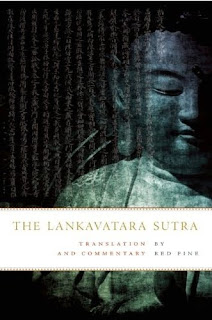
Four temples near Haeundae (Busan city) have been vandalized in the early morning of November 21st, enraging many Buddhist communities throughout Korea.
Vandalism was reportedly to have taken place on the 21st, between 12am and 4 am. The suspected culprit is assumed to have entered Busan Gaeun-sa Temple and Jirim-sa Temple and sprayed red paint on important Buddha and Bodhisattva statues enshrined within the temple.
The vandal sprayed red paints on Buddha statues in Gaeun-sa Temple, and broke in to the main Buddha Hall in Jirim-sa Temple by breaking a large window glass. The culprit sprayed ‘s’ and ‘x’ mark on Buddha statues, Buddhist paintings, and Stupas. Moreover, they even sprayed on Moktak (Wooden Fish) and Buddhist Scriptures before they fled.
The Abbot of Jirim-sa Temple, who first discovered the problem when he entered the main Buddha hall for the Morning Prayer, stated that the culprit must have entered the temple after he fell asleep after midnight.
The Haeundae police investigating the case stated that the similar case which took place on November 16 and 17 matches the crime of Jeokjo-am Temple and Wono-sa Temple, thus it is most likely that the temples were vandalized by the same person.
Haeundae Police Department stated, “The culprit is deliberately trying to undermine Buddha statues, and the crime have been planned intentionally,” and added “scientific investigation and CCTV analysis will narrow down the investigation. To prevent further damage to the nearby temples, more guards will safeguard the temples.” However, vandalism taken place on the later date occurred despite the strengthened police patrols, therefore concern for safety is growing among Korean Buddhist community.
On November 22nd, Ven. Mokjong (Chairman of Buddhist Monastery, Haeundae Police department), Ven. Boun (Director, Department of Regulation in Beomeo-sa Temple), and Ven. Gwangjin (President, Haeundae Temple Alliance) met with the Chief of Police, Mr. Jeongjingyu (Haeundae Police Station) to state their position, “We hope that the police department will come up with definite crime prevention measures to avoid such indiscriminating vandalism in the future.”
From Korean Buddhism.net








































